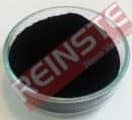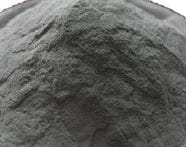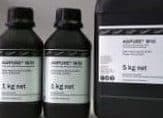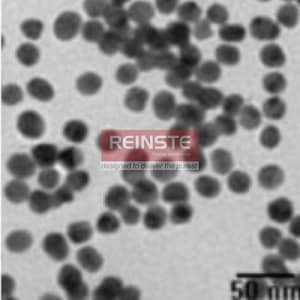Product Overview
Hiyka's Hydroxy Multi-Walled Carbon Nanotubes, Variant 3, represent a cutting-edge advancement in nanomaterial engineering, designed to meet the demanding needs of modern industry and research. This specific variant is characterized by an optimal level of hydroxyl (–OH) functionalization, which significantly enhances the MWCNTs' dispersion, solubility, and chemical reactivity across various media. Ideal for applications requiring the integration of MWCNTs into complex systems, Variant 3 is tailored for composite materials enhancement, electronics, energy solutions, and biotechnological applications, promising to drive innovation with its superior performance characteristics.
Key factor
- Optimal Hydroxyl Functionalization: Variant 3 features a carefully calibrated level of –OH groups to improve dispersion and reactivity without compromising the inherent properties of MWCNTs.
- Enhanced Dispersion and Solubility: Improved solubility in aqueous and organic solvents facilitates seamless integration into a wide range of matrices, ensuring uniform distribution within composite materials.
- Increased Chemical Reactivity: The presence of hydroxyl groups on the surface enables easy functionalization with various molecules, allowing for customized material properties tailored to specific applications.
- Preserved Mechanical Strength: Maintains the high tensile strength and durability essential for reinforcing materials in automotive, aerospace, and construction applications.
- Biocompatibility: The hydroxyl functionalization enhances biocompatibility, making Variant 3 suitable for biomedical applications including drug delivery and tissue engineering.
Applications
- Composite Materials: Strengthens polymers, ceramics, and metals, enhancing mechanical, electrical, and thermal properties for cutting-edge industrial applications.
- Electronics and Conductive Applications: Improves the electrical conductivity and thermal management of electronic components, conductive inks, and coatings.
- Energy Storage Solutions: Enhances the performance of batteries and supercapacitors, contributing to more efficient energy storage technologies.
- Biomedical Engineering: Supports the development of biosensors, drug delivery systems, and scaffolds for tissue engineering, leveraging the improved biocompatibility and chemical functionality.
- Environmental Remediation: Utilized in adsorbents for efficient pollutant removal in water and air purification systems, benefiting from the enhanced chemical reactivity.
Advantages
- Tailored Functionalization for Superior Performance: Customizable for specific needs, providing unmatched versatility in application development.
- Improved Material Integration: Facilitates enhanced compatibility and performance in composite materials and complex formulations.
- Consistent Quality and Reliability: Produced under stringent quality control measures to ensure high purity, consistent functionality, and optimal performance.
- Support for Sustainable Innovation: Contributes to the development of eco-friendly technologies and materials, aligning with environmental sustainability goals.
- Scalable for Industrial and Research Applications: Available in bulk quantities to meet the needs of large-scale projects and applications.
References
- Kataura H., Kumazawa Y., Maniwa Y., Umezu I., Suzuki S., Ohtsuka Y., Achiba Y. Optical properties of single-wall carbon nanotubes. Synth. Met. 1999;103:2555–2558. doi: 10.1016/S0379-6779(98)00278-1.
- Ravelli D., Merli D., Quartarone E., Profumo A., Mustarelli P., Fagnoni M. PEGylated carbon nanotubes: Preparation, properties and applications. RSC Adv. 2013;3:13569–13582. doi: 10.1039/c3ra40852c.
- Wujcik E.K., Monty C.N. Nanotechnology for implantable sensors: Carbon nanotubes and graphene in medicine. WIREs Nanomed. Nanobiotechnol. 2013;5:233–249. doi: 10.1002/wnan.1213.






